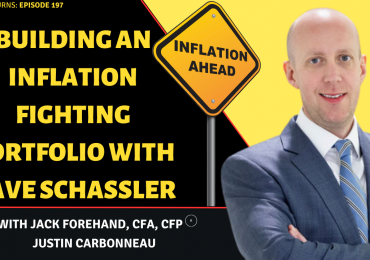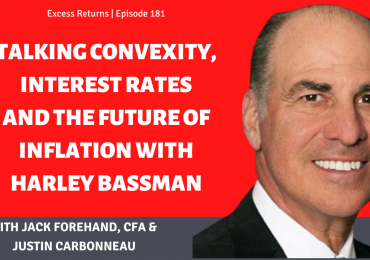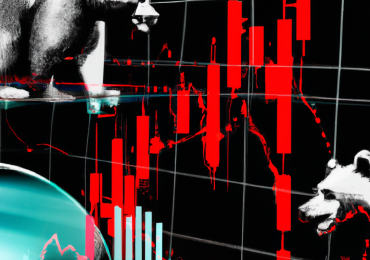As the S&P continues to hover at record high levels, the question remains as to how long it can continue. In a recent article for Forbes, Jurrien Timmer, Director of Global Macro at Fidelity Investments, outlines what he sees as five potential market scenarios down the road:
- Secular stagnation: The status quo—”a continuation of the slow-growth, low-inflation regime that has been in place since the global financial crisis ended.”
- Deglobalization: Post-Brexit, Timmer sees potential for a scenario of “diminished interdependence and integration between the economies of nations.” That is, a reversal of what has emerged over the past few decades as a move toward labor outsourcing and “global capital flows.”
- Bond-Proxy Bubble: With Treasury yields falling and credit spreads narrowing, investors are putting funds into so-called “bond proxies” such as low-volatility, high-dividend paying stocks within traditionally “defensive” sectors such as consumer staples, real estate and utilities. According to Timmer, “Investors seem to be re-valuing these ‘bond surrogates’ less as traditional stocks and more like bonds. In my view this is where things could bubble over.”
- Deflation bust (recession): This possibility (which Timmer views as unlikely) emerged during China’s deceleration (in 2015) and post-Brexit. He says, “Brexit may push the U.K. into recession, but the U.S., Europe, Japan, and China all seem to be doing ok for the moment.”
- Inflation boom (global recovery): According to Timmer, this would be a “win-win” for stock investors because “earnings growth would likely take off while P/E multiples climb into the low 20s.” However, he also sees this as unlikely. “If anything, it probably would already have happened by now, given all the extreme monetary policy attempts that have been made in recent years.”
Timmer shares his feeling that the market’s new highs are justified but that stocks will “only grind higher for now, as opposed to an explosive move to the upside.” The chart below is for illustrative purposes only. Source: Fidelity Investments








